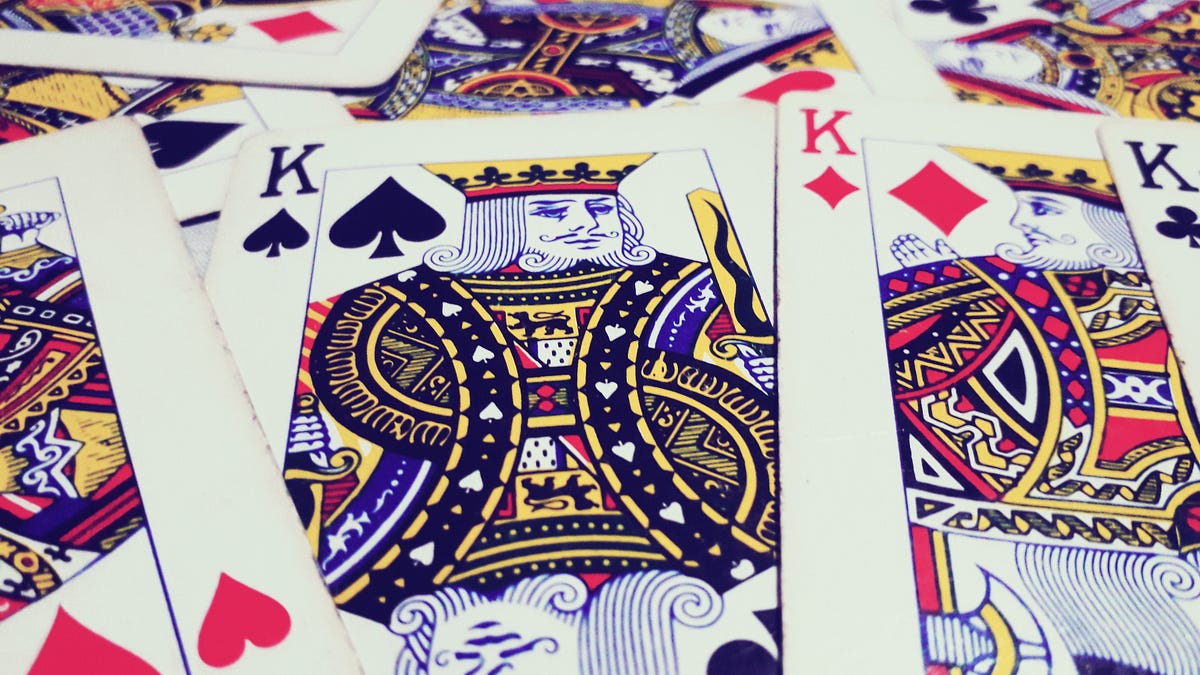Applications of machine learning (ML) are now almost an integral part of our everyday life. From a speech-recognition based virtual assistant in our smartphones to super-intelligent automated drones, ML and artificial intelligence (AI) is revolutionizing the dynamics of human-machine interactions. AI algorithms, especially the convolution neural networks (CNN) have made computer vision extremely powerful than ever. While the applications of it are breathtakingly awesome, it could be very intimidating to build one’s own CNN model, especially for a non-programmer or a beginner in data science, in general. As an R lover, it was not difficult for me to assert that it gets even more enigmatic for a novice R programmer. The plausible reason for this imbalance could be that the standard neural network and ML libraries (like Keras and Tensorflow) are primarily compatible with Python and naturally gravitate the masses to roll with Python itself, leading to a severe lack of novice’s guide and documentation to facilitate the implementation of these sophisticated frameworks in R. Nevertheless, APIs of Keras and Tensorflow is now available on CRAN. Herein, we are going to make a CNN based vanilla image-classification model using Keras and Tensorflow framework in R. With this article, my goal is to enable you to conceptualize and build your own CNN models in R using Keras and, sequentially help to boost your confidence through hands-on coding to build even more complex models in the future using this profound API. Apart from the scripting of the model, I will also try as much to concisely elaborate on the necessary components while plunging the hardcore underlying mathematics. Now let’s start.
#r #convolution-neural-net #modeling #image-classification #machine-learning
